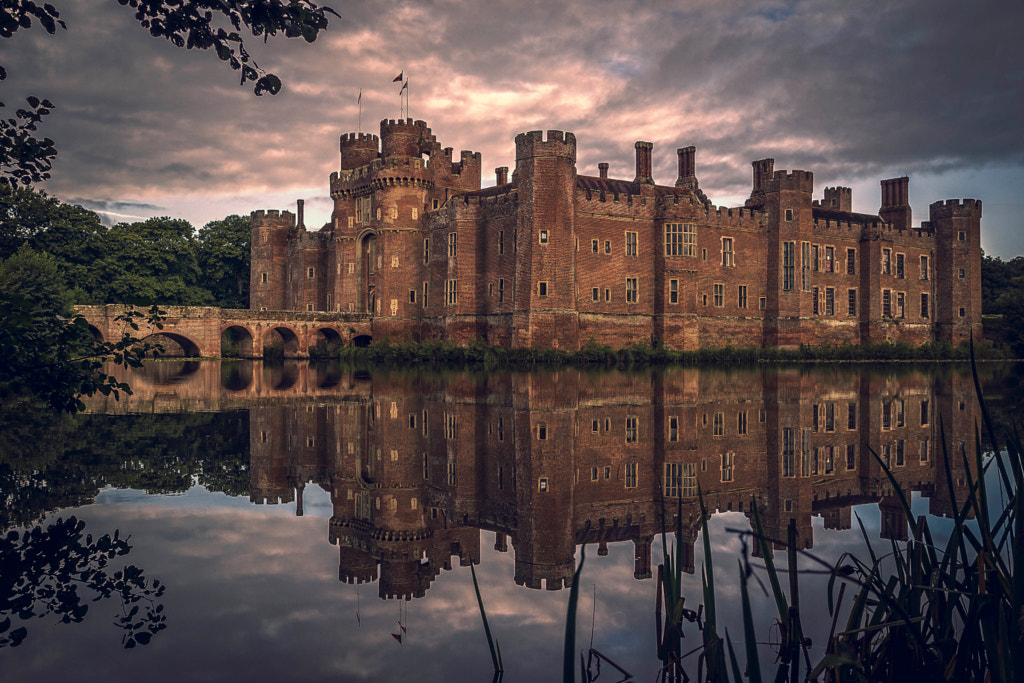Shaped by centuries of history, the story of Herstmonceux Castle is a fascinating tale of ambition, intrigue, murder, abandonment, and renewal.
Domesday Book
Written in the Domesday Book—a manuscript record of the “Great Survey” of England and parts of Wales conducted in 1086 by order of King William the Conqueror—is an entry stating that one of William’s closest supporters granted tenancy of the manor at Herst to a man named ‘Wilbert’.
Later accounts mention a lady called Idonea de Herst, who married a Norman nobleman named Ingelram de Monceux.
It was at this time that the manor became known as “Herst of the Monceux”, eventually corrupted to Herstmonceux—pronounced “Herst-mon-soo”.
Medieval knights
In 1440 an English Knight by the name of Roger Fiennes petitioned King Henry VI for the right to fortify his manor house at Herstmonceux in East Sussex.
He had fought alongside Henry V at the Battle of Agincourt (1415) and risen to prominence, amassing a considerable fortune.
It was time to build a castle worthy of his family’s status.
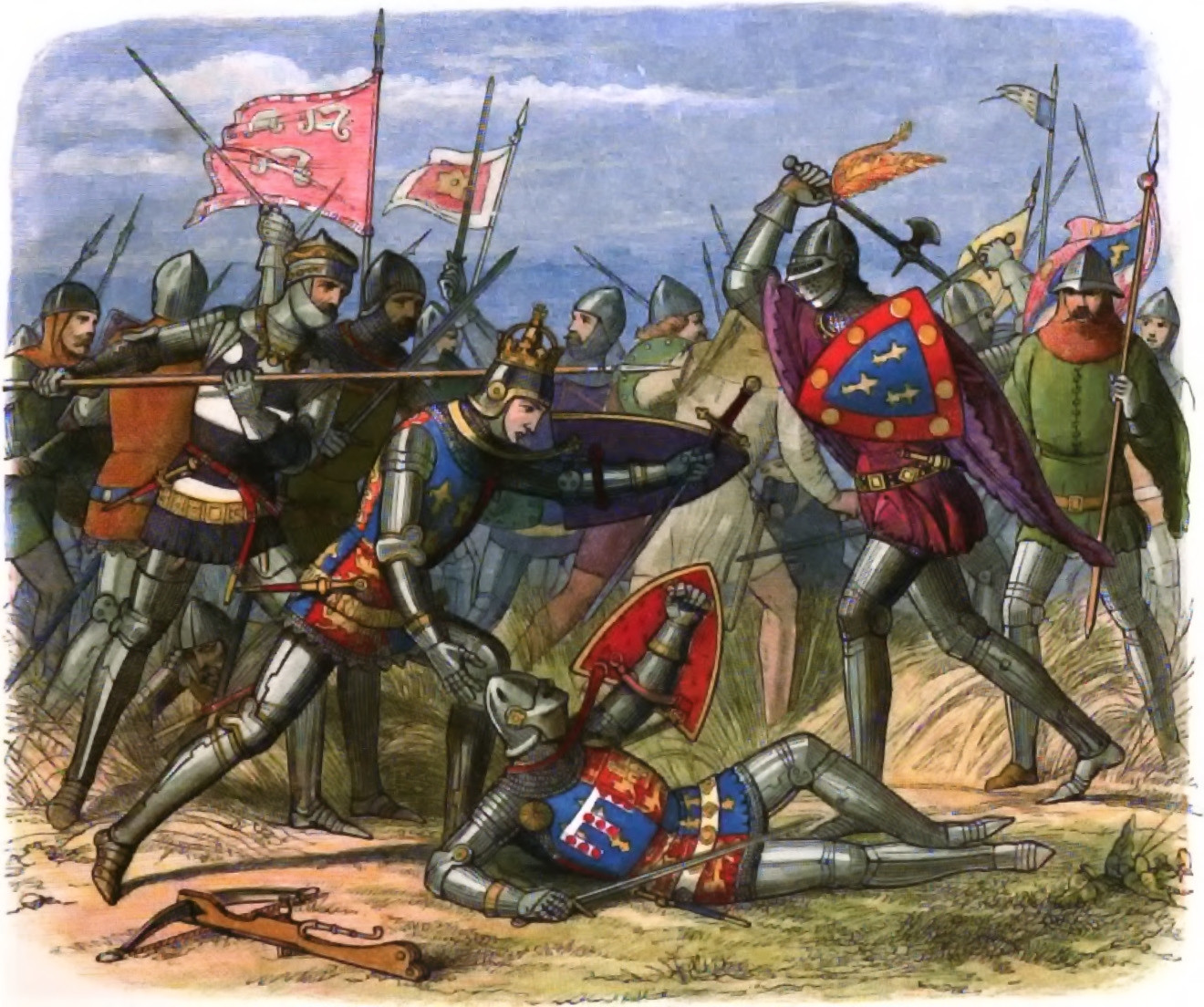
Herstmonceux Castle would become the largest private home in England.
One of the oldest significant brick buildings still standing in England, it followed the French fashion of building in brick—considered bold by British standards of the time.
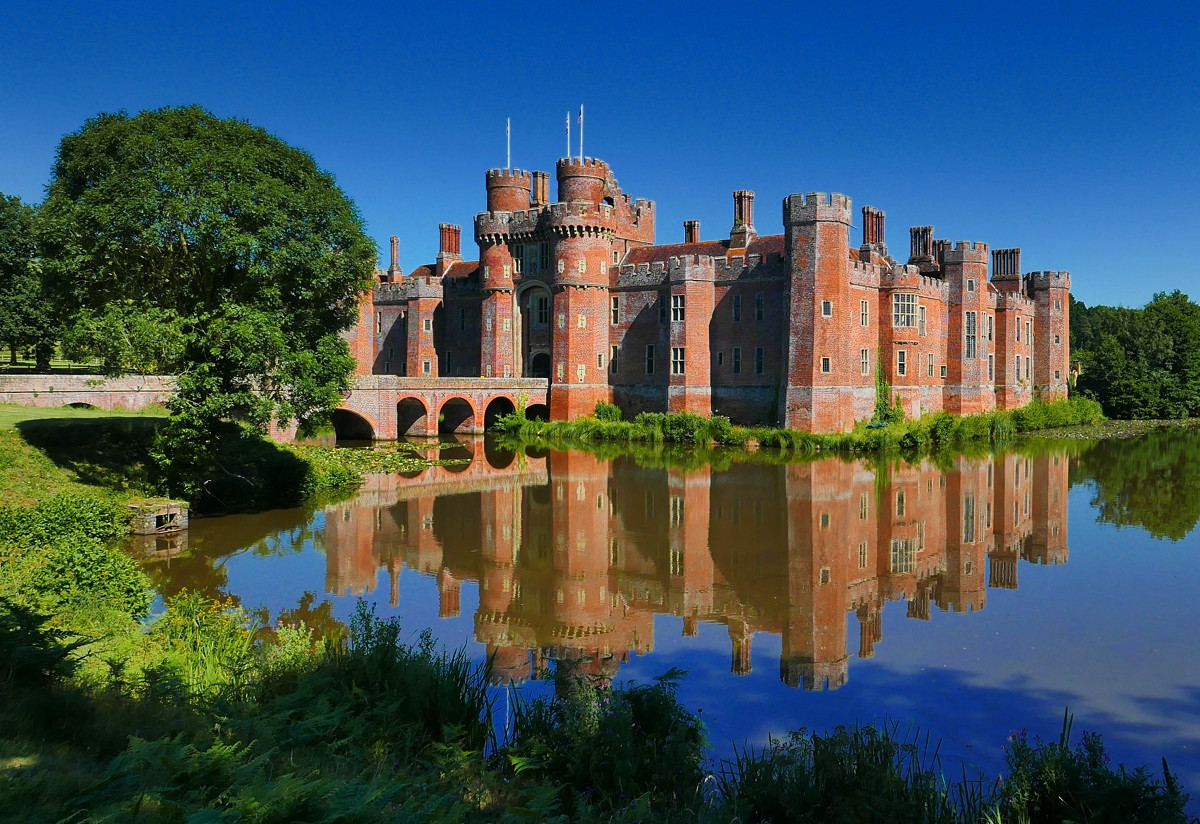
The architects of Herstmonceux Castle focused more on grandeur and comfort than on defense.
Fifteenth-century visitors would have been overawed with its breathtaking interior.
Adorned with visible symbols of seigniory, Herstmonceux was a leading trophy house of the period, reflecting the richness and vigour of the Lancastrian court.
Tudor intrigue
The Fiennes family fortunes continued to rise until the reign of Henry VIII (1509-1548).
One golden rule of Tudor high society worth remembering was never to outdo the King or get on the wrong side of him.
But the Fiennes family managed to do just that.
Young Thomas Fiennes, 9th Baron Dacre, the castle’s owner at the time, became implicated in the murder of a neighbour’s games keeper.
Henry VIII saw his opportunity to seize Herstmonceux Castle for himself.
Although originally pleading not guilty, Lord Dacre changed to a guilty plea and threw himself at the King’s mercy in the hope of a reprieve.
But alas, the unfortunate Dacre was hanged at Tyburn on 29 June 1541.

English lawyer and Member of Parliament, Edward Hall, wrote of the execution in his chronicle about the strife between the houses of Lancaster and York:
“he was led on foot, between the two sheriffs of London, from the Tower through the city to Tyburn, where he was strangled as common murderers are, and his body buried in the church of St. Sepulchre’s.”
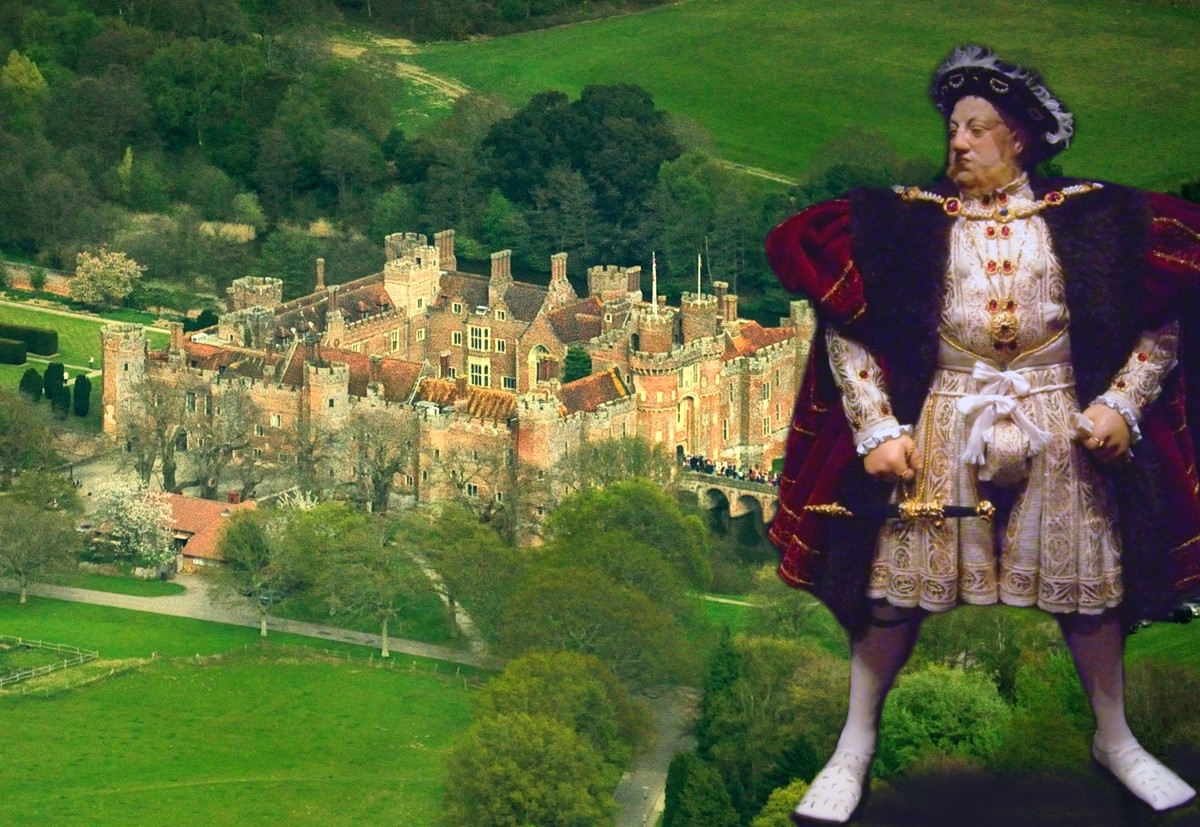
Fortunately for the rest of the Fiennes family, their estate was reinstated in 1558 under Elizabeth I and they again prospered.
Georgian asset stripping
By 1777, the reckless extravagance of successive Fiennes family heirs left the castle in a sorry state of repair.
Architect Samuel Wyatt undertook an assessment and pronounced that it wasn’t worth saving.
The furniture was sold off, the wood panelling removed, and the interior walls torn down.
Reduced to little more than an ivy-covered gothic curiosity, even some of the bricks were used for other building projects.

Victorian tourism
The opening of the railways spurred massive growth for the new tourism trade, turning Herstmonceux Castle into a popular attraction.
Strolling through the gardens, climbing amongst the ruins, or enjoying a cup of tea, Victorians would visit Herstmonceux whilst holidaying in nearby Eastbourne and Brighton resort towns..
But the castle continued to deteriorate and by the early 1900s was in serious need of attention.

Edwardian restoration
Transforming the ruined building into a residence took 20 years, beginning in 1913.
Undertaken initially by Claude Lowther, a conservative politician, and later by architect Walter Godfrey, it was refurnished and stocked with objets d’art.
Incorporating architectural antiques from England and France, the existing interiors largely date to the Edwardian period.
The apex of Godfrey’s architectural achievement, the restoration was described by the critic Sir Nikolaus Pevsner as ‘exemplarily’.
The parks and gardens of Herstmonceux Castle and Place together with the walled garden to the north of the castle, and the Herstmonceux Science Centre are all Grade II* listed on the Register of Historic Parks and Gardens.
Having extra legal protection within the planning system, listed buildings are of national importance.
There are three types of listed status for buildings in England and Wales:
Grade I: buildings of exceptional interest.
Grade II*: particularly important buildings of more than special interest.
Grade II: buildings that are of special interest, warranting every effort to preserve them
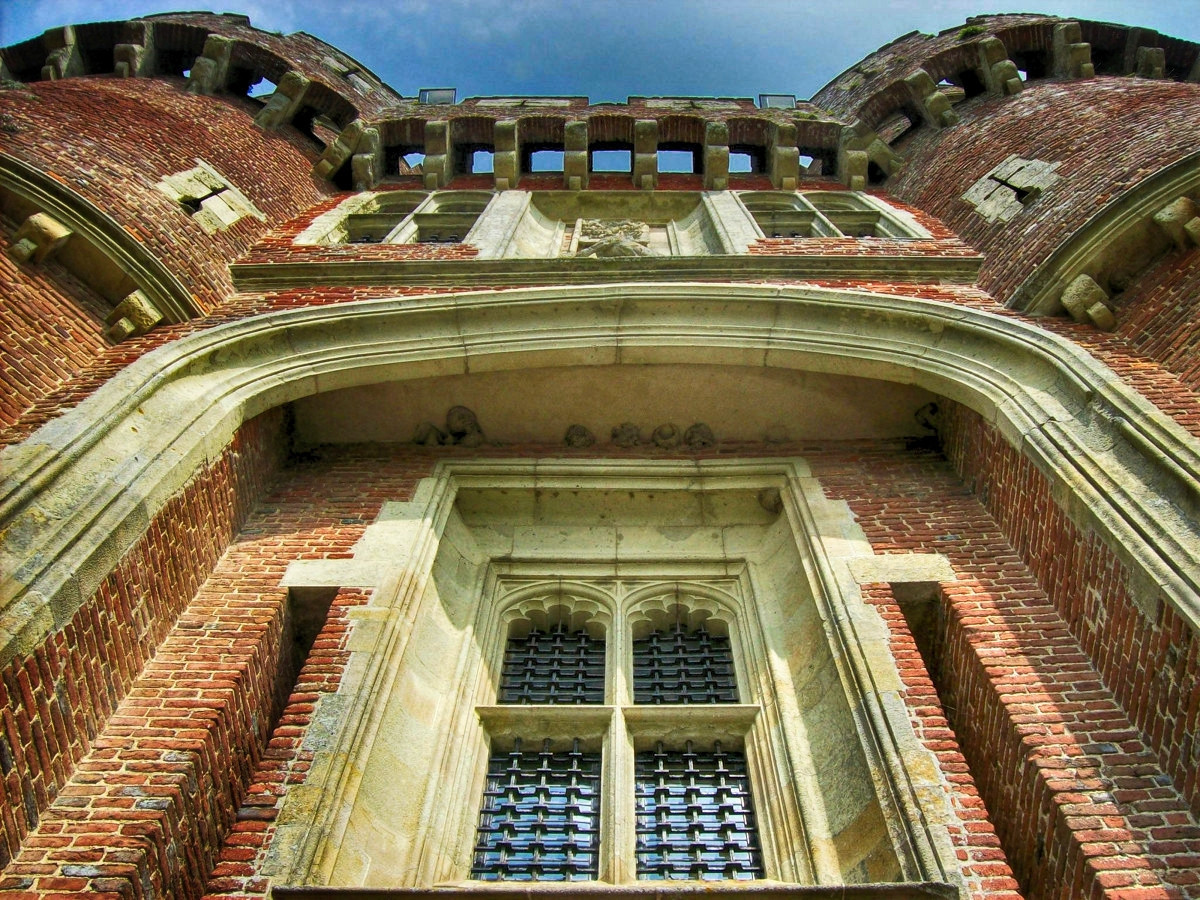
Heavenly bodies
For over 30 years, beginning in 1957, the Herstmonceux grounds were home to the Royal Greenwich Observatory until it was moved to Cambridge in 1988.
Housing the Equatorial Telescope Buildings, the estate now plays host to an interactive science centre for schoolchildren, the largest dome of which can be seen for miles.

Today’s Herstmonceux
Learning of the castle’s vacancy in 1992, Alfred Bader, an alumnus of Queen’s University, Ontario, offered to purchase the castle for his wife, who declined, joking that there would be “too many rooms to clean”.
But he managed to convince then-Principal of Queen’s University, David Chadwick Smith, to make Herstmonceux Castle into an international study centre.




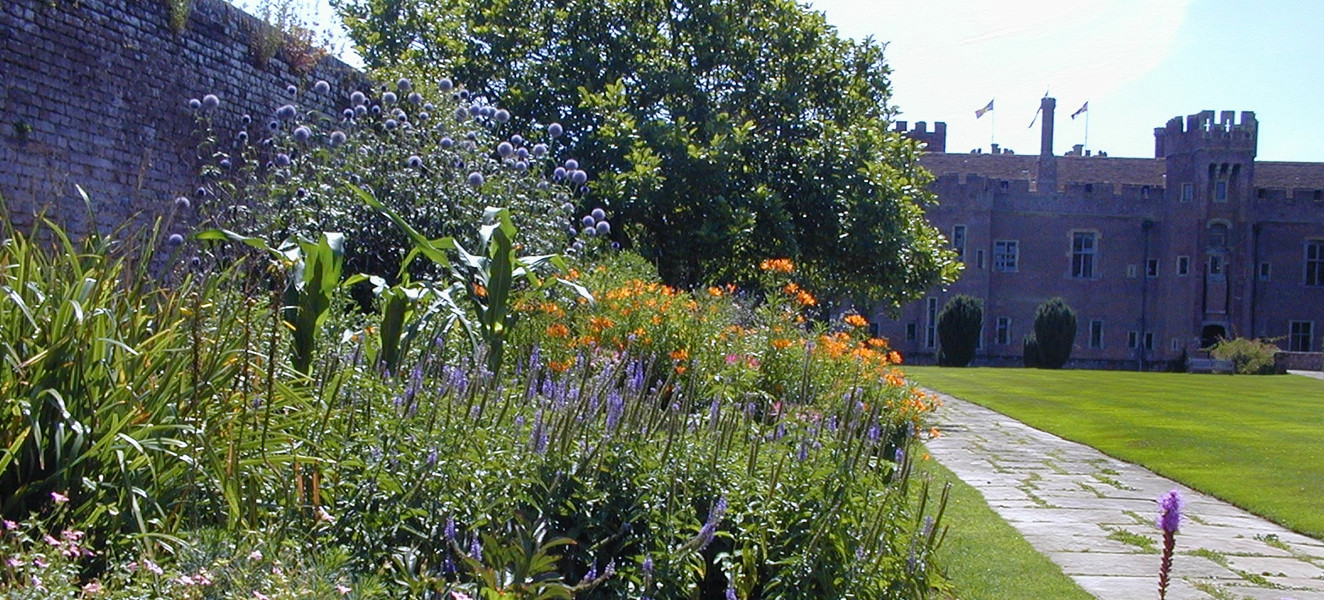
Home to events throughout the year, the annual England’s Medieval Festival is held on August Bank Holiday weekend.
Held over three days, the festival features jousting, falconry, knights battles, medieval camping, traditional and modern folk music, medieval banqueting, re-enactments, battles, horses, theatre, crafts, workshops, shopping, medieval food, drink and real ale.



Daily Rates Gardens & Grounds Castle Tours Gardens & Grounds + Science Centre
Adults £6.00 £2.50 £13.00
Children Under 16
Students £3.00 £1.00 £8.50
Children Under 5
Carers Free Free Free
Concession:
Senior Citizens
Disabled £5.00 £2.50 £10.50
Family Ticket (2 adults + 3 children or 1 adult + 4 children) £14.00 N/A £40.00
Where to stay
There are many good places to stay near Herstmonceux Castle in East Sussex, depending on your preferences and budget. Here are some of the top-rated hotels and properties that are close to the castle:
- Cleavers Lyng: A 4-star hotel with a rating of 4.9 on Google Hotels. This hotel is perfect for those who want a luxurious stay with stunning views of the countryside. Distance to Herstmonceux Castle: 0.6 km (0.4 miles).
- Wartling Place Country House Bed & Breakfast: Refined rooms with countryside views, plus a self-contained cottage, at a Georgian rectory. This hotel is perfect for couples who want a romantic getaway. Distance to Herstmonceux Castle: 2.1 km (1.3 miles).
- The PowderMills Hotel: Upmarket, lakeside hotel set in a Georgian country house offering posh dining & an outdoor pool. This hotel is a great option for those who want a luxurious and pampering stay. Distance to Herstmonceux Castle: 12.5 km (7.8 miles).
- Premier Inn Eastbourne Polegate: No-frills hotel with contemporary en suite rooms, plus a pub/restaurant & free parking. Distance to Herstmonceux Castle: 14.4 km (9 miles).
- The Relais Cooden Beach: Contemporary hotel featuring a wellness centre, a relaxed restaurant & sea views. This hotel is a great choice for families who want a relaxing and enjoyable vacation. Distance to Herstmonceux Castle: 16.2 km (10.1 miles).
These are just some of the options available for you to stay near Herstmonceux Castle. You can find more details and reviews on the websites of the respective properties or on the links provided.

